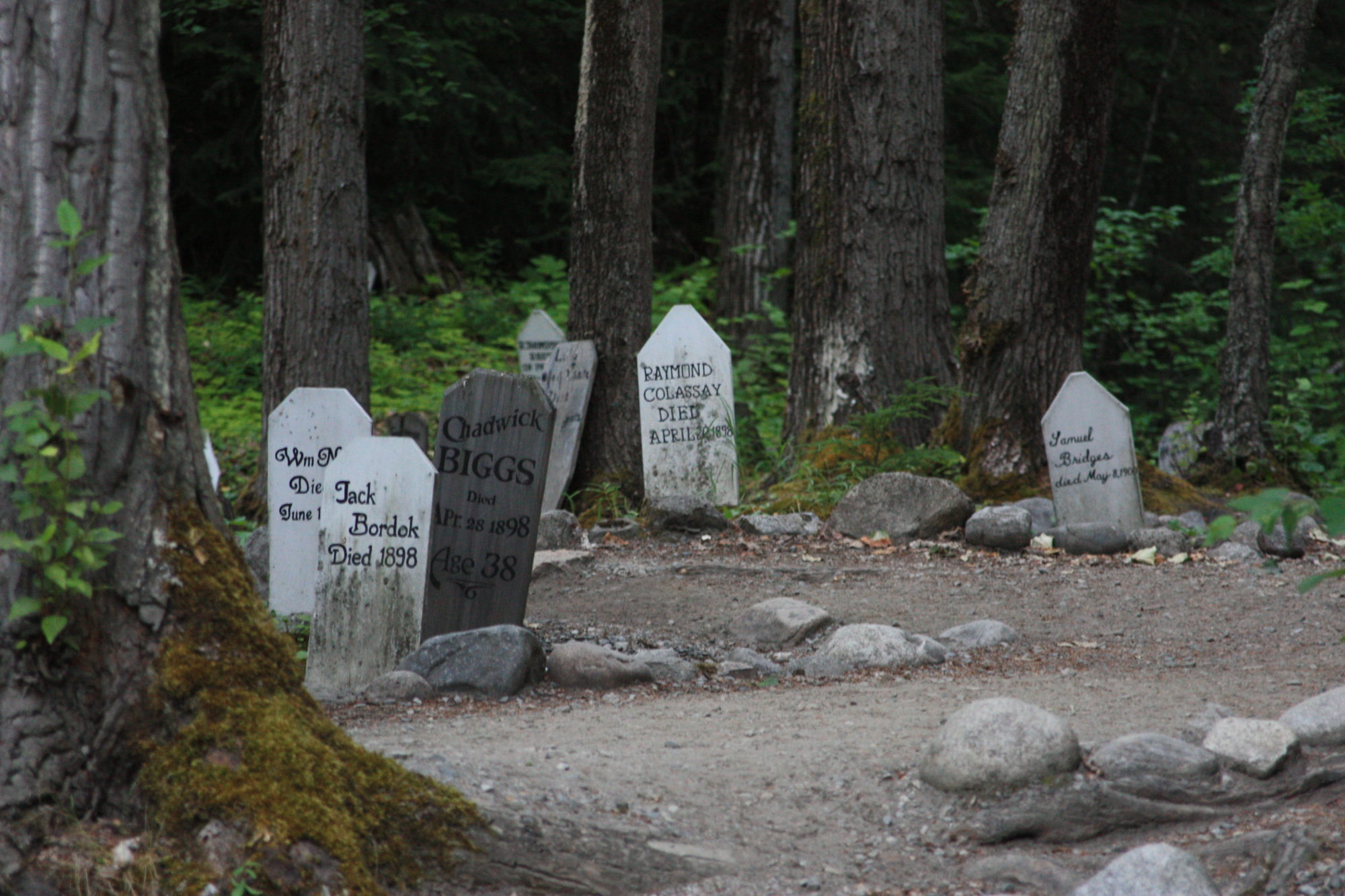
Henry was born on this day, February 27, 1863 in Port Chalmers, New Zealand. His father John Darling founded the Union Steamship Company which ran steamships from New Zealand to Vancouver, later known as the Canadian Australian line. Henry was schooled in London and then apprenticed to John Gwynes, an engineer there. He then went to India and worked for the British India Steam Navigation Company and the British & Burmese Company of British India. In 1891 he came from Glasgow, Scotland, to British Columbia as the superintending engineer in charge of the building of three steamships for the Union Steamship Company.
Around 1899 he became the general manager of the British Yukon Navigation Company, Ltd., organized by the White Pass & Yukon Route. By 1902 he and his family of four sons and two daughters, living in Vancouver, started their own business in wholesale paints, oils and varnishes. Henry Darling must have died in Vancouver April 6, 1926. The photo above was taken in 1925 and contributed by his great grandson Mark Darling.
British Columbia. from the Earliest times to the present vol 4 1914.
some information and photo contributed by Mark Darling, 2018.
more information can be found at:
https://changingvancouver.wordpress.com/tag/henry-darling/





